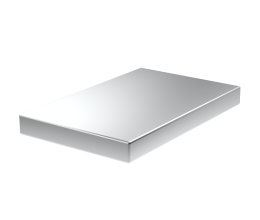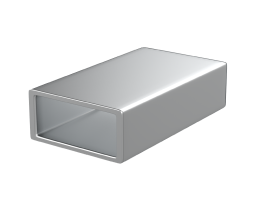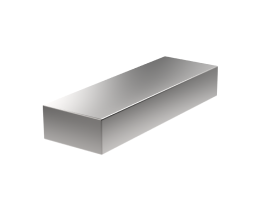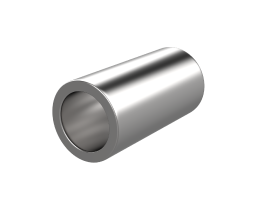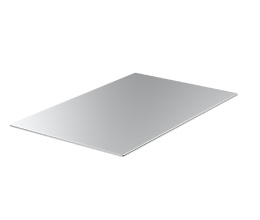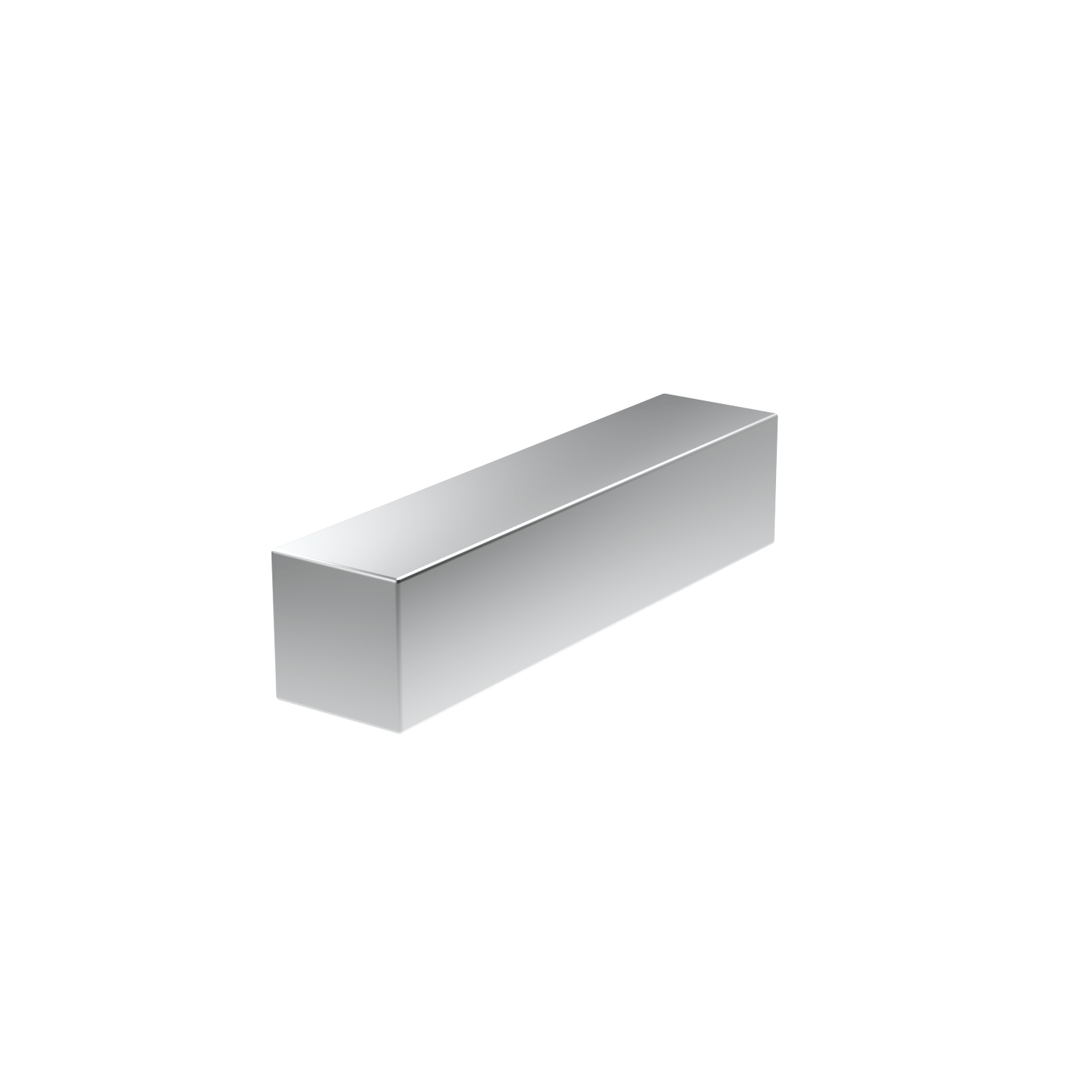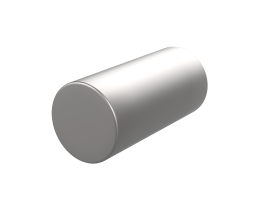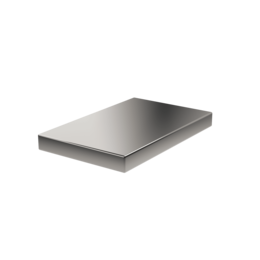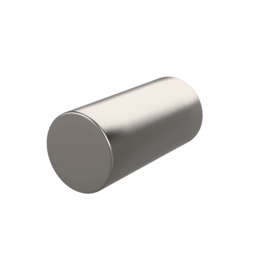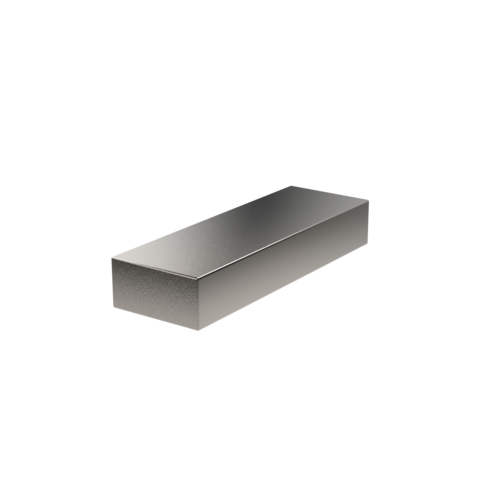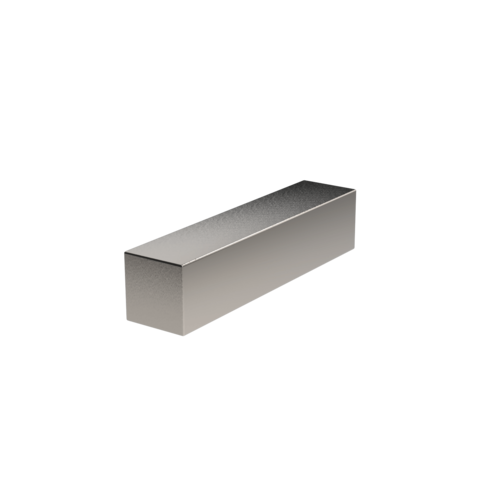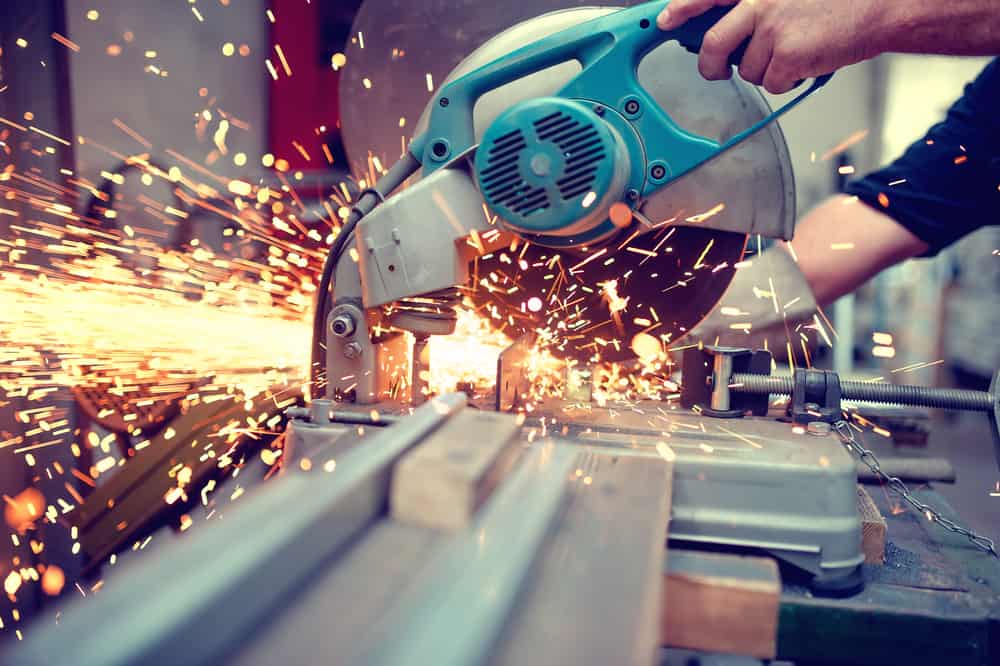There are as many types of metal fabrication techniques as there are types of metal alloys to choose from. Whether you’re a beginner, a specialist in a particular technique, or a metal fabrication process expert, there is always something new to learn.
Techniques for metal fabrication can be additive or subtractive, automated or manual, or something else entirely. Here, we’ll look at a variety of techniques for metal fabrication, from the traditional to the modern. Let’s also discuss some of their common applications.
Traditional Metal Fabrication Techniques
The following techniques are still some of the most popular and commonly used methods in the metal fabrication industry.
Cutting
Many of the most common methods of metal fabrication fall under the category of cutting operations or any technique in which a tool is used to split or remove material from the workpiece. While automated technologies such as CNC machining have become the go-to for many manufacturing operations, manual techniques and tools are still widely used. After all, CNC machining can require significant investment and metal fabrication training.
Below are some examples of manual cutting techniques:
| Technique | Description | Applications |
| Sawing | Uses a heavy-duty blade to cut a large workpiece into smaller pieces | Initial cutting of workpieces to an appropriate size and shape for additional processing steps |
| Shearing | Uses a shear tool like a pair of scissors to slice through sheet metal | Cutting straight lines or trimming excess material from sheet metal |
| Turning | A machining process in which material is removed from the workpiece by rotating it against a stationary tool | Producing parts or features with rotational symmetry, such as holes, threads, and circular parts, such as bearings |
| Milling | A machining process in which material is removed from the workpiece by a rotating tool (the opposite of turning) | Cutting precise features and shaping a workpiece into finished or semi-finished metal structures |
| Broaching | Uses a tool with a series of cutting teeth to cut linearly into a workpiece | Used for high-precision cuts and for cutting odd shapes such as keyways |
| Grinding | Uses an abrasive grinding wheel to gradually remove material from the workpiece | Used for finishing operations to smooth or deburr metal components |
Welding
While the metal-cutting process removes material from a workpiece, other fabrication methods can combine pieces of metal together. Welding—the process of joining two pieces of metal by heating their surfaces to their melting points—is the most common way.
There are many welding techniques for metal fabrication, but these are the four most common:
| Technique | Description | Applications |
| Metal Inert Gas (MIG) Welding | Uses a consumable wire that carries the electric current to heat the metal and provides filler to create the weld | Used for large or thick metals; faster and easier than TIG welding |
| Tungsten Inert Gas (TIG) Welding | Uses a non-consumable tungsten electrode to heat the welding materials, used with or without a filler | Usually used for thinner materials such as pipes; slower, costlier, and more difficult than MIG welding |
| Spot Welding | Electrodes applied directly to the workpiece apply an electric current, producing the welding heat through the metal’s internal resistance | Used to weld two or more metal sheets together |
| Stick Welding | Uses a consumable filler rod covered with flux | Used for thicker metal parts and welding outdoors in wind or rain, as it does not require a shielding gas |
Forming
The forming process reshapes the metal workpiece by physically deforming it. No material is added or removed.
Many upstream operations used by mills to create the initial metal stock, including forging, rolling, and extruding, are forming techniques. Below are some examples of forming processes that are more commonly used by metal fabricators:
| Technique | Description | Applications |
| Hammering | Uses a mallet to manually shape sheet metal against a shaped surface or die | Used to shape sheet metal into curved or complex profiles |
| Bending | Uses a press brake or similar machine to force a metal sheet or tube around a die | Used to create angular shapes in thin metal parts such as sheet metal enclosures or metal tubing |
| Stamping | Applies an external impact force to deform the workpiece, such as sheet metal plastically | Used to form sheet metal into specific desired shapes |
Buy Certified High-Quality Metals for Industrial Solutions | ||
New Aluminum | New Steel | New Stainless Steel |
 |  | 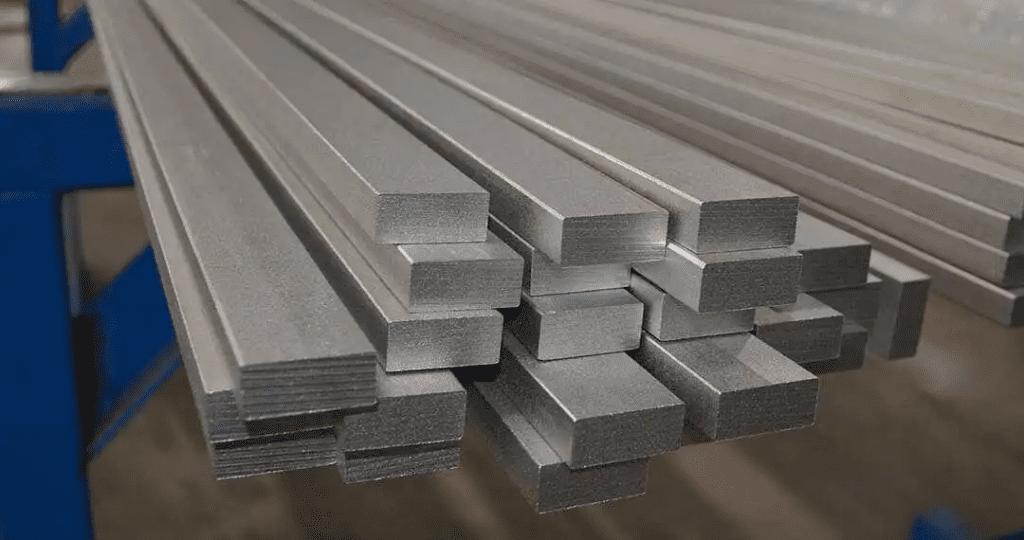 |
| Reliable supply: Consistent, certified aluminum stock you can trust. High-quality material: Superior-grade aluminum for precision needs. Custom cuts: Accurate cuts down to thousandths of an inch. | Durability and strength: Reliable for projects needing long-lasting, tough materials. Cost-effective: Quality steel that offers strength without breaking the bank. Custom cutting: Precise cuts tailored to exact needs with top-tier cutting tools. | Sustainability: Highly eco-friendly as the most recyclable metal on earth. High durability: Resistant to corrosion and wear, ensuring long-lasting performance. Custom precision cuts: Tailored to your specifications with quick, accurate results. |
Automated Metal Fabrication Techniques
All of the aforementioned techniques for metal fabrication can be performed with simple, manual tools. In fact, some of these techniques have been in use for thousands of years and are still used today.
However, modern technology allows many of these techniques to be largely automated. Computer numerical control, or CNC, uses software to automate machine tools, allowing them to produce extremely precise, consistent features. Metal cutting and milling are some of the methods CNC makes easy.
CNC technology has replaced many of the manual tools and machines in large manufacturing plants. Furthermore, it has opened the door to entirely new metal fabrication processes such as 3D printing. These technologies are becoming more accessible, too, with affordable CNC machines for small shops and home fabricators becoming increasingly available.
CNC Cutting Techniques
Almost any metal fabrication technique can be CNC-automated. Below are a few of the most common types:
| Technique | Description | Applications |
| CNC Machining | Performs milling, turning, or routing operations using CNC code | Used for all kinds of precision fabrication |
| Water Jet Cutting | A highly pressurized, fine stream of water, sometimes containing abrasives, is used to cut material | Can cut virtually anything, including very soft and very hard materials. Used when extreme precision is needed or to avoid the heat generated by other cutting methods |
| Plasma or Laser Cutting | Uses a focused laser beam or plasma jet to cut or etch material | Often used in onsite construction work for its speed and portability |
Additive Manufacturing
Additive manufacturing is the newest metal fabrication process. Unlike subtractive operations such as cutting, which removes material from the metal product, additive manufacturing techniques build a workpiece up one layer of material at a time by depositing small amounts of raw materials.
Metal additive manufacturing technologies are constantly being developed and improved, with entirely custom metal fabrication processes being introduced all the time. However, the two you are most likely to encounter are powder bed fusion and binder jetting.
| Technique | Description | Applications |
| Powder Bed Fusion | Uses a laser or electron beam to heat and fuse metal powder into solid shapes | Used to create complex shapes that would be impossible with traditional machining |
| Metal Binder Jetting | Uses a printhead to deposit a liquid binding agent onto a bed of metal powder to create a solid part, which then must be sintered | Similar applications to powder bed fusion, but tends to be less expensive |
Local, Precision-Cut Materials for the Metal Fabrication Process
No matter the metal fabrication process you’re using, Industrial Metal Service has all the raw metal material you need to feed your metal fabrication processes. In addition to our massive inventory of new and remnant metals, we have top-of-the-line sawing capabilities to provide any fabrication service provider with what they need. Our metal saws can cut even the toughest and thickest metals to precise dimensions, helping you to:
- Reduce waste.
- Accelerate production processes.
- Reduce labor and material costs.
For special materials or shapes, we can also arrange precision water jet cutting.
